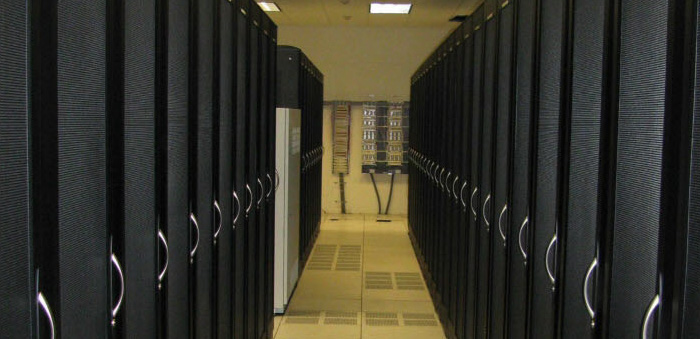Importance of computer networks could easily be seen around us as now a days, we take internet for granted. This goes without realising the fact that slowly and gradually our dependency is killing our human skills. We are referring to those skills, which we mastered after an evolution of millions of years. Our past generations tend to memorise and used to find our own way rather than being dependent upon tech and GPS.
We are Almost Always Online
The vast majority of us almost always online. Whether our online accounted hours are those that we spend through the data connections on our smartphones or tablets or GPS in our car or wearables. This undoubtedly has increased our working hours. Knowingly or unknowingly we tend to keep the official communication open almost any hour of the day. Our greed to reduce the work pressure heeds towards some free time during working hours. Even the free time that we gain is furthermore spend upon internet.

Importance of Computer Networks – Vision came in 1926 by Nikola Tesla
Lets not miss out to mention the famous statement given by engineer and physicist Nikola Tesla, who in an interview conducted with Colliers magazine in 1926 stated that: “When wireless is perfectly applied the whole Earth will be converted into a huge brain, which in fact it is, all things being particles of a real and rhythmic whole. We shall be able to communicate with one another instantly, irrespective of distance. “Not only this, but through television and telephony we shall see and hear one another as perfectly as though we were face to face, despite intervening distances of thousands of miles; and the instruments through which we shall be able to do his will be simple compared with our present telephone. A man will be able to carry one in his vest pocket.” The Serbian American saw the potential for global communication through his early telephony research.
Future upgrade to networks
reinstate importance of computer networks
Gigabit Ethernet refers to the technology for transmitting Ethernet frames at a rate of a gigabit per second, or 1,000,000,000 bps. The standard, which has been with us since 1999, is 100 times faster than the original Ethernet.
Impact of Cloud Computing
 With the growth of cloud computing and the rise of huge data centres however, a massive strain has been put on gigabit Ethernet. Institute of Electrical and Electronics Engineers (IEEE) instituted a new standard in 2012. This standard will see Ethernet speeds ramped up to between 400 gigabits and 1 terabit per second in future. Consider that modern desktop computers’ Ethernet ports typically run at 100 megabits per second and you begin to see the potential speed gains around the next corner.
With the growth of cloud computing and the rise of huge data centres however, a massive strain has been put on gigabit Ethernet. Institute of Electrical and Electronics Engineers (IEEE) instituted a new standard in 2012. This standard will see Ethernet speeds ramped up to between 400 gigabits and 1 terabit per second in future. Consider that modern desktop computers’ Ethernet ports typically run at 100 megabits per second and you begin to see the potential speed gains around the next corner.
Existing Bottleneck and future ahead
 Of course, most domestic internet users probably don’t know how fast their Ethernet connections are, since it’s their broadband connection that causes the bottleneck. But the companies providing the services we use on a daily basis such as Google are reliant on Ethernet connections to allow for network growth and increased capacity. Which is why ‘petabit’ networks (that’s 1,000 terabits) could be in data centres by the middle of the century.
Of course, most domestic internet users probably don’t know how fast their Ethernet connections are, since it’s their broadband connection that causes the bottleneck. But the companies providing the services we use on a daily basis such as Google are reliant on Ethernet connections to allow for network growth and increased capacity. Which is why ‘petabit’ networks (that’s 1,000 terabits) could be in data centres by the middle of the century.





LEAVE A REPLY